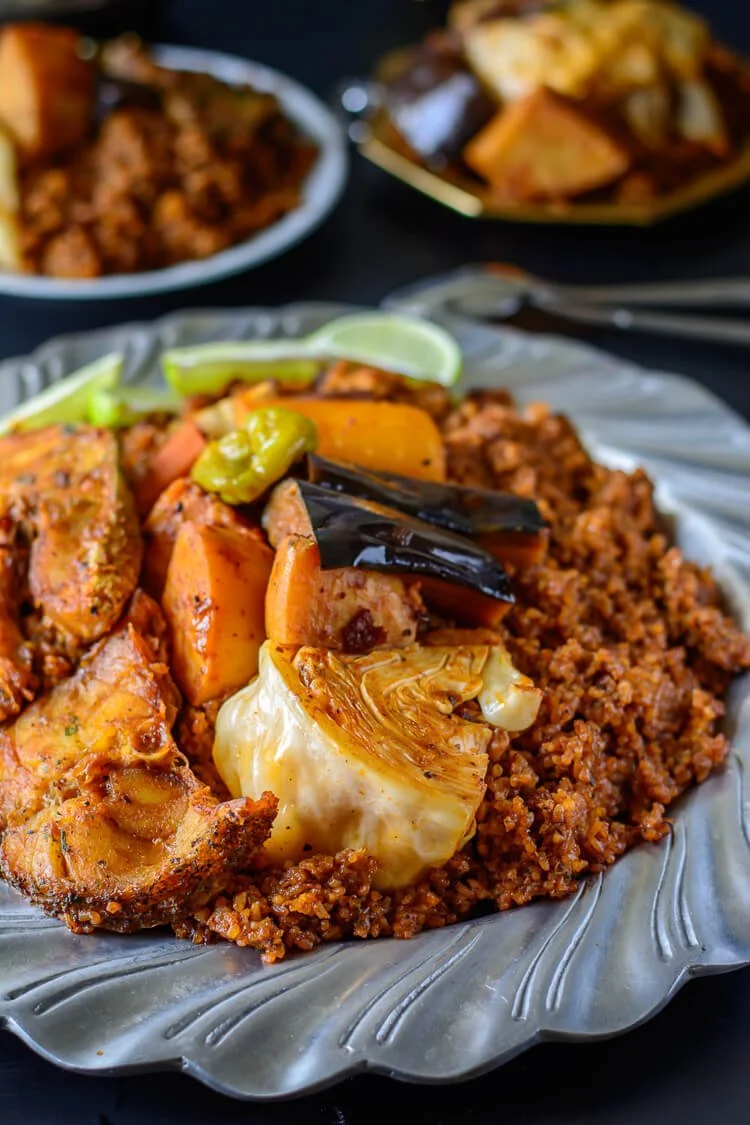The Jollof War is Over? And Senegal Won? 🤯
As if there already isn’t enough to bring us down, UNESCO announced over the weekend that the concept of Jollof Rice (also known as Thieboudienne or Ceebu Jën) was birthed in Senegal, no matter how much we continue to argue about it on Internet forums. What we now know and love as rich, flavourful Nigerian Jollof rice is apparently the distant third cousin and significantly prettier step-sister of the Senegalese meal.
Jollof Rice is a national dish that is prepared with fish, rice, and most importantly, tomato sauce cooked in one pot. The fishing communities on the Island of Saint-Louis in Senegal deserve credit for developing the signature recipe, which traditionally calls for broken rice and a variety of seasonal vegetables.
Image courtesy: yummymedley.com
Any discussions about whether Nigerian Jollof tastes superior are for another time and place, but for now, it seems that Senegal has won the battle and silenced its critics.
In terms of appearance, Thieboudienne looks quite different from Nigerian Jollof and as a meal, it is heavily focused on fish and vegetables, but it is still considered Jollof. More information on how it is made can be found below 👇🏾
FUN FACTS
In most families, Ceebu Jën is eaten with the hands, although spoons or forks are commonly used in restaurants.
There is also a specific cultural way to eat it in Senegal. According to UNESCO, it is considered impolite to sit with a raised knee, the bowl of Jollof must be held with the left hand, and grains of rice must not be dropped when eating. Ceebu Jën is not just a widely-popular meal, but also an affirmation of Senegalese identity through the practices of eating it.
So, what does this RECOGNITION mean for Senegal?
1. Bragging rights.
2. It’s a great move for tourism, as well as international recognition for the country and its food and culture sector. We wish them all the best 😒
Footnote: Ghana can never win us in this game sha. That one is too sure.

